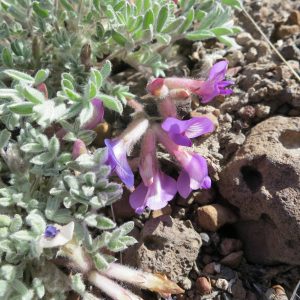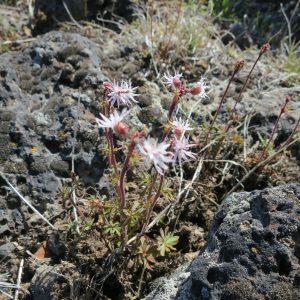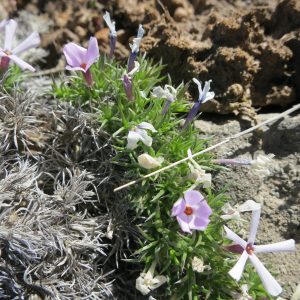How strange (and wonderful!) it is after almost 8 months of muted earth tones to see a little color on the sagebrush steppe. For the past week or so I have been mapping out populations of key sagegrouse forbs for seed collections later this season, and today was a particularly heartwarming experience. Bunchgrasses and sagebrush have been greening up for the past month or so, but I almost forgot how many beautiful flowers can fit in between them, and how much that burst of color in the springtime can brighten a week.
The low sage (Artemisia arbuscula) site I visited earlier today was a jackpot, with almost 10 key sagegrouse forb species (important food source forbs for sagegrouse and sagegrouse chicks during the spring), almost all of them beginning to bloom.
Two more interns will be starting here in Lakeview within the next couple weeks, and it’s perfect timing. The flowers will become more and more prevalent (especially if we get any more much-needed precip), and hopefully their seed set will be just as productive. I’m looking forward to spending the first colorful months of the botany field season with two more plant ecology enthusiasts!
- Woolly-pod Milkvetch
- Prairie Star Flower
- Spiny Phlox
From high desert paradise,
Lisa at the Lakeview, OR BLM



